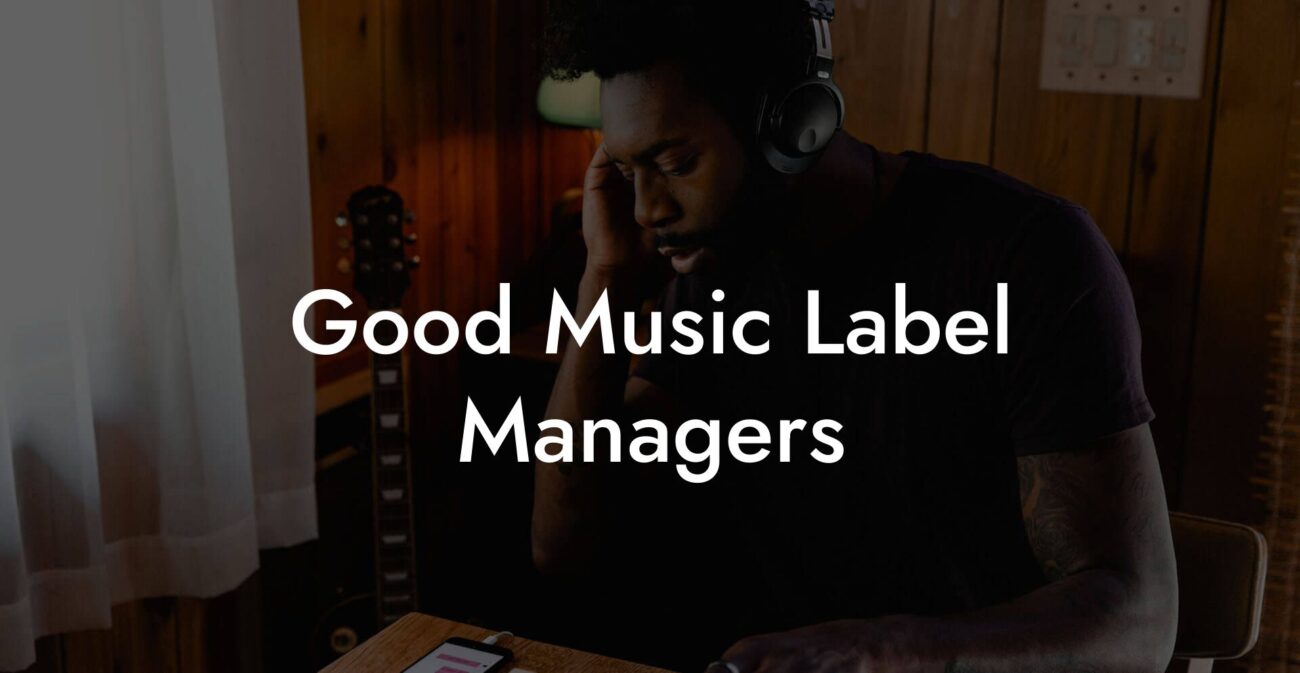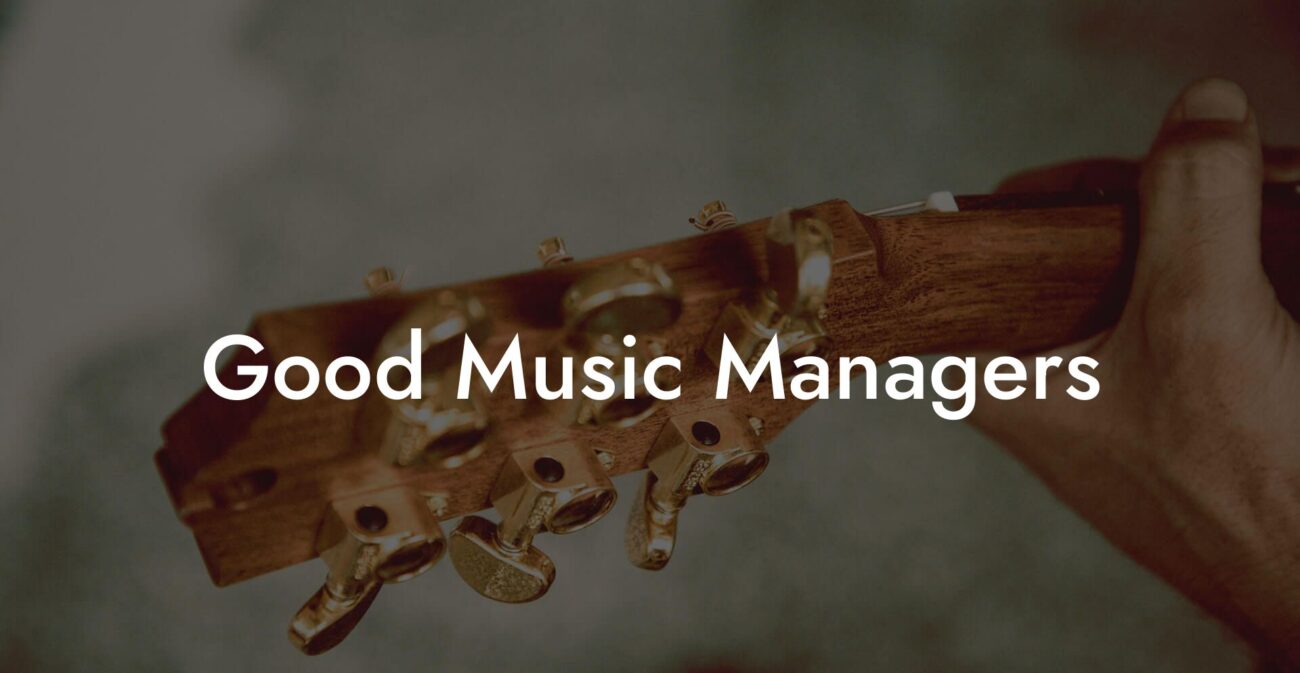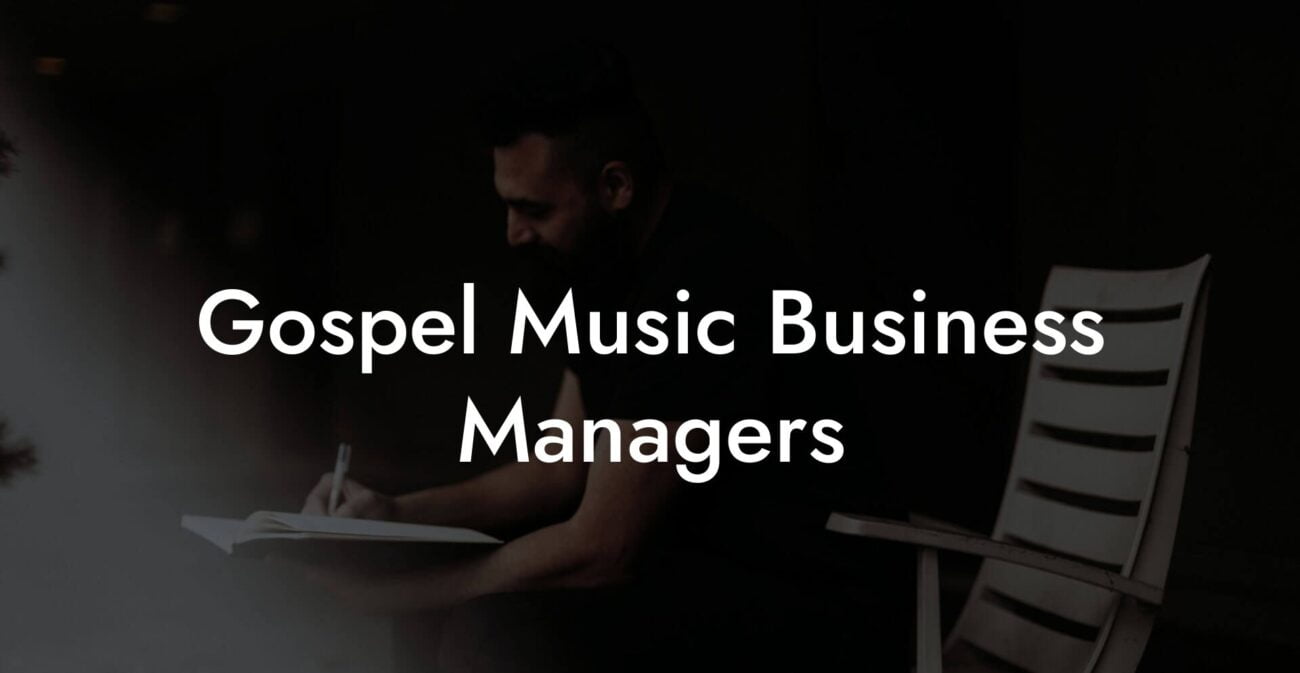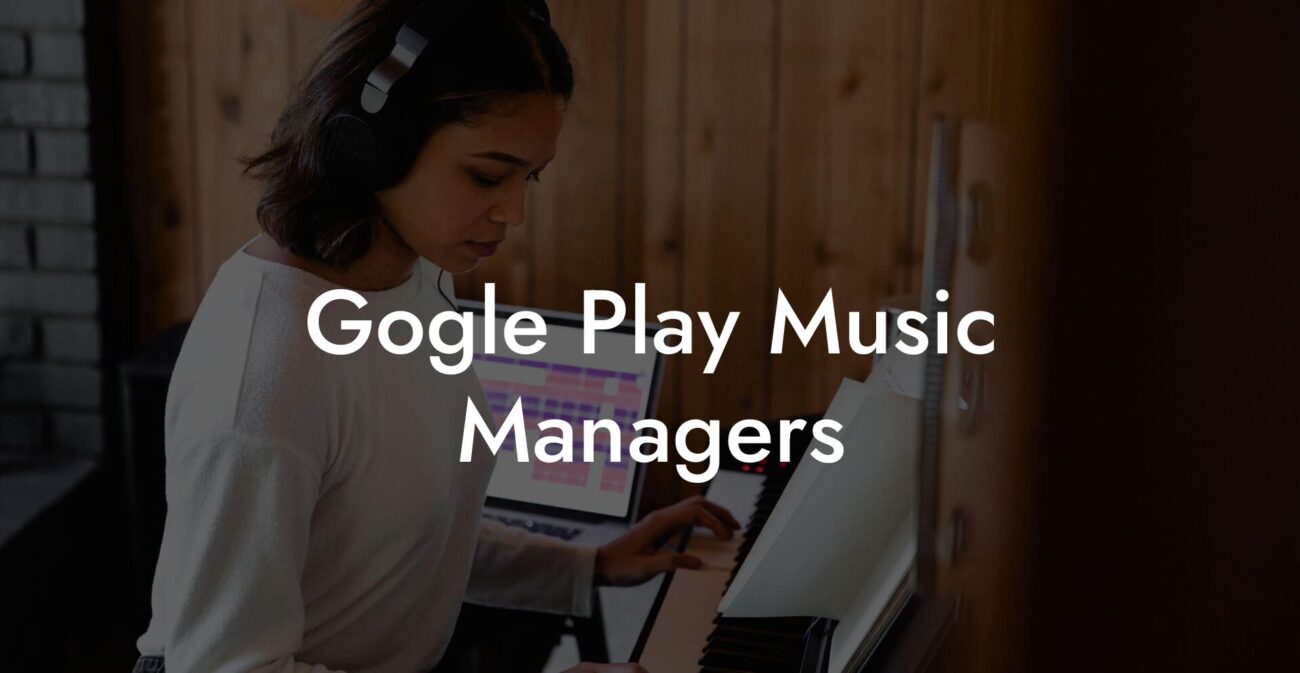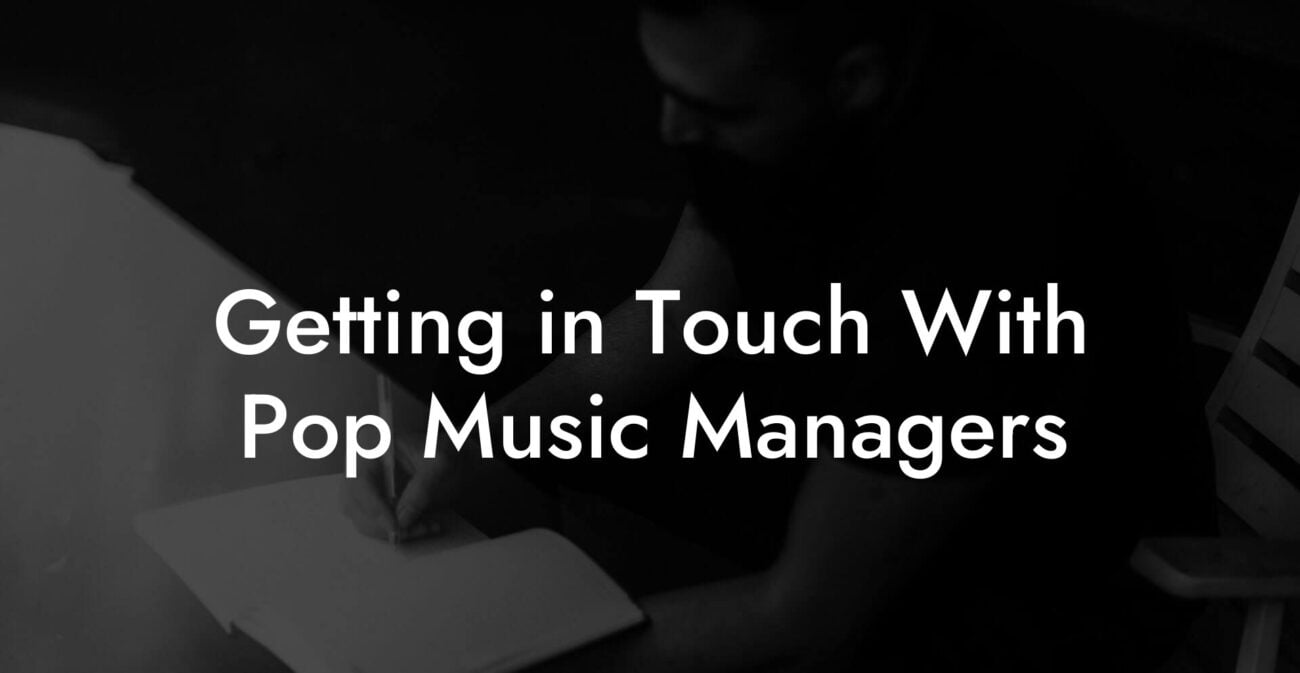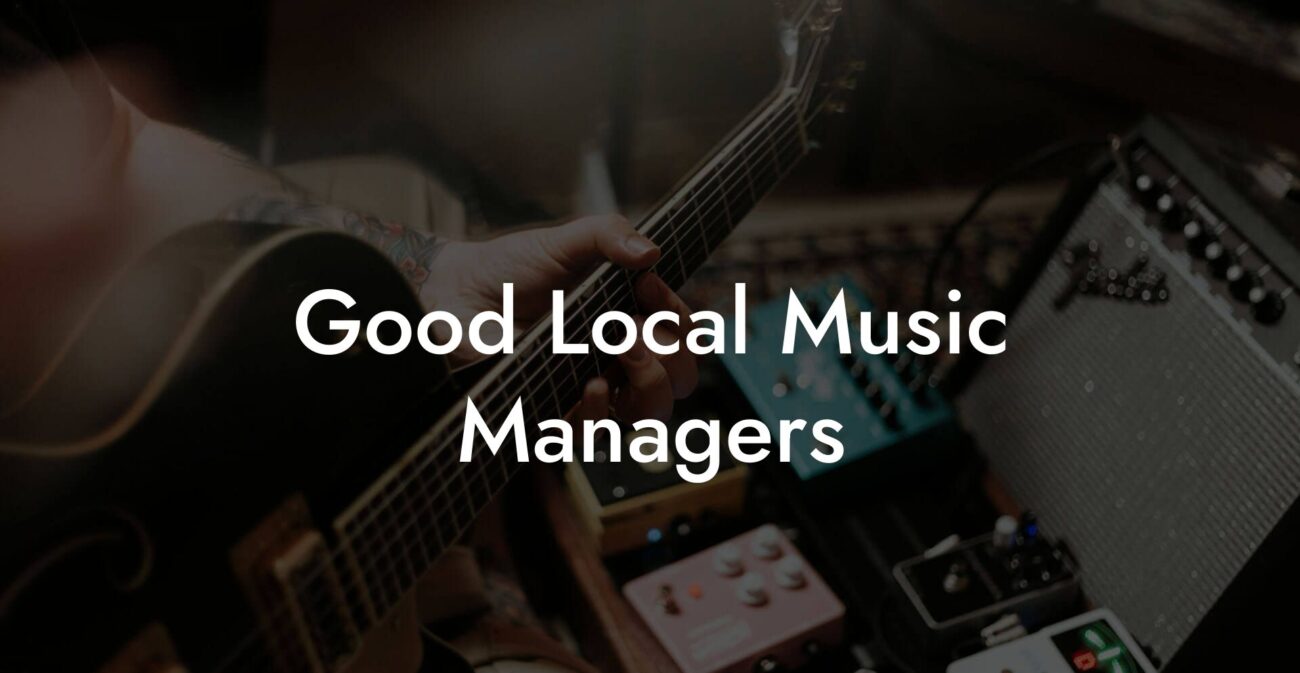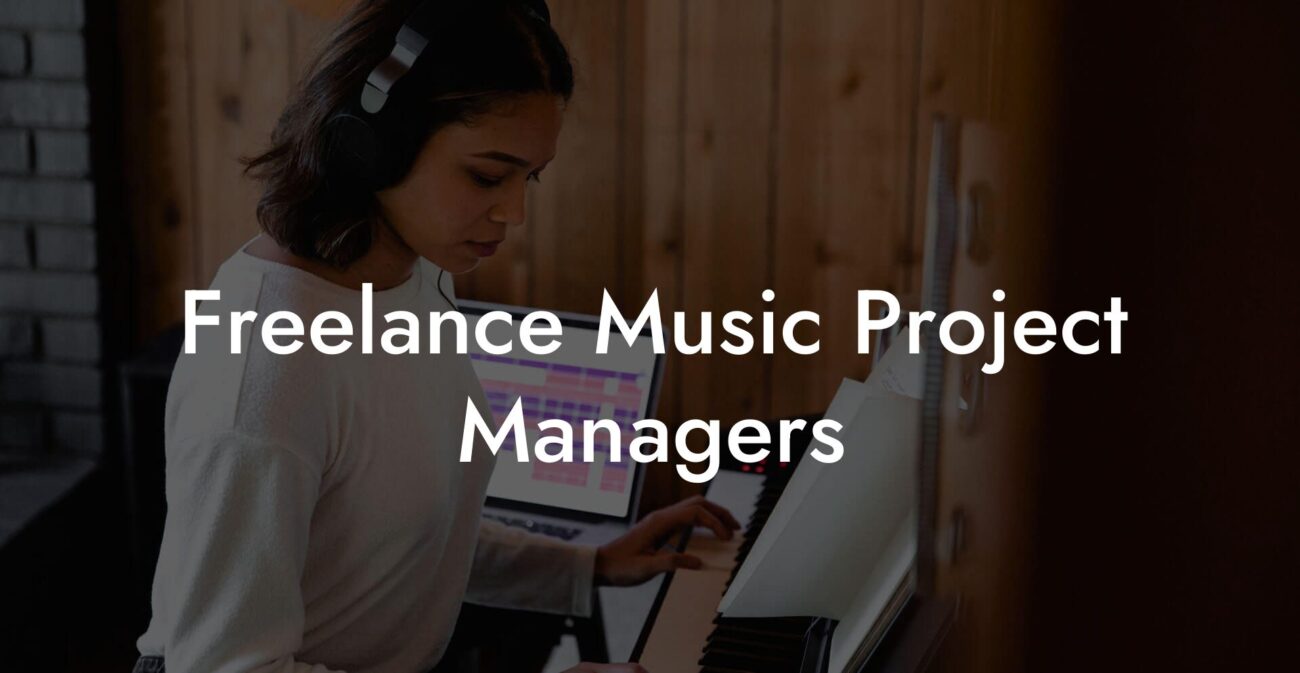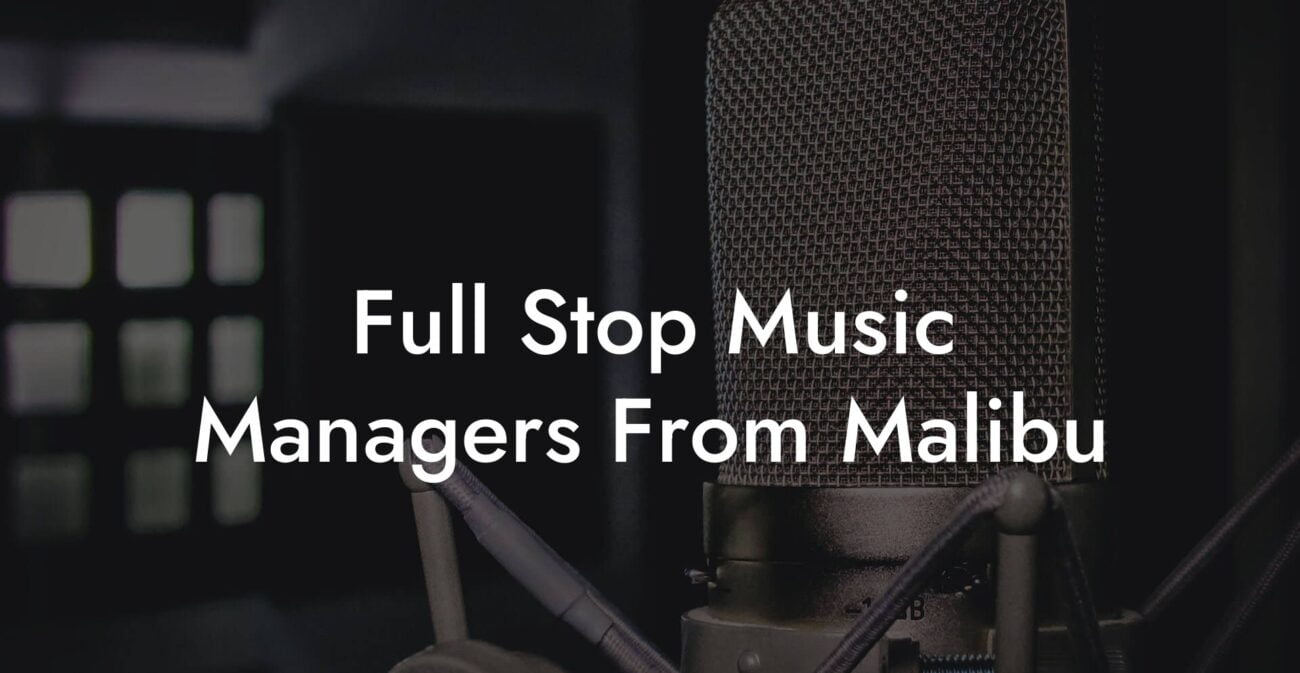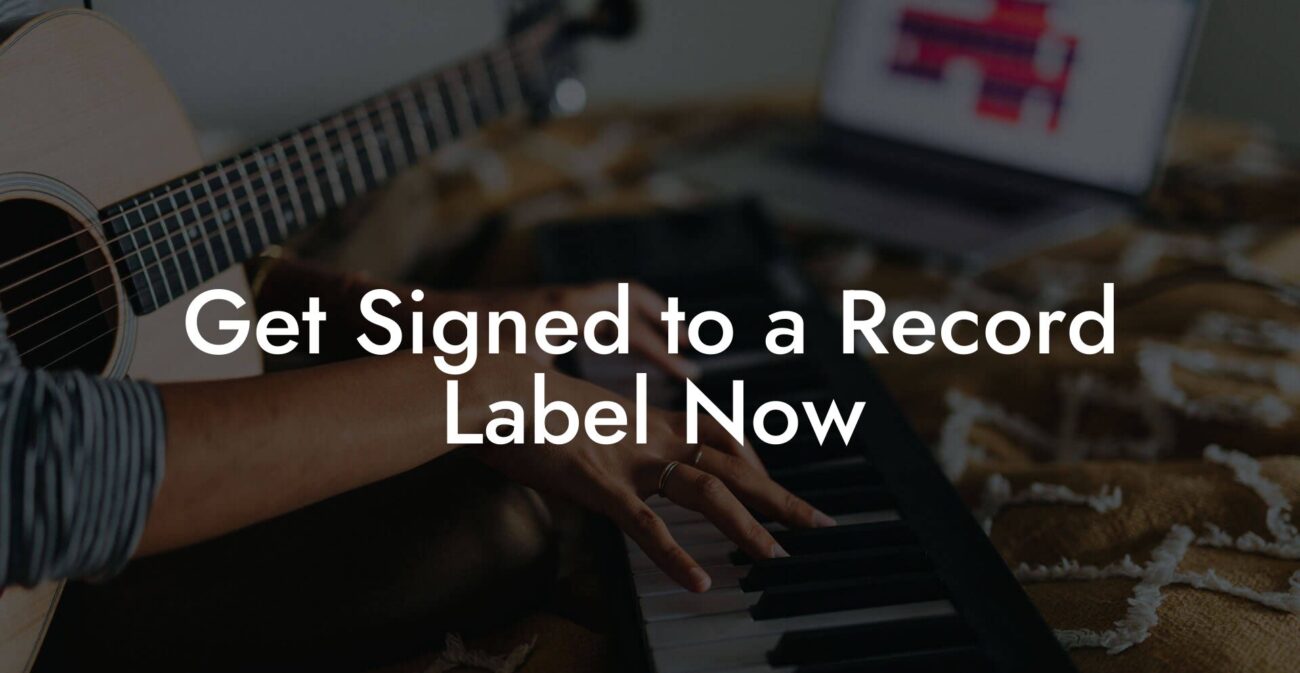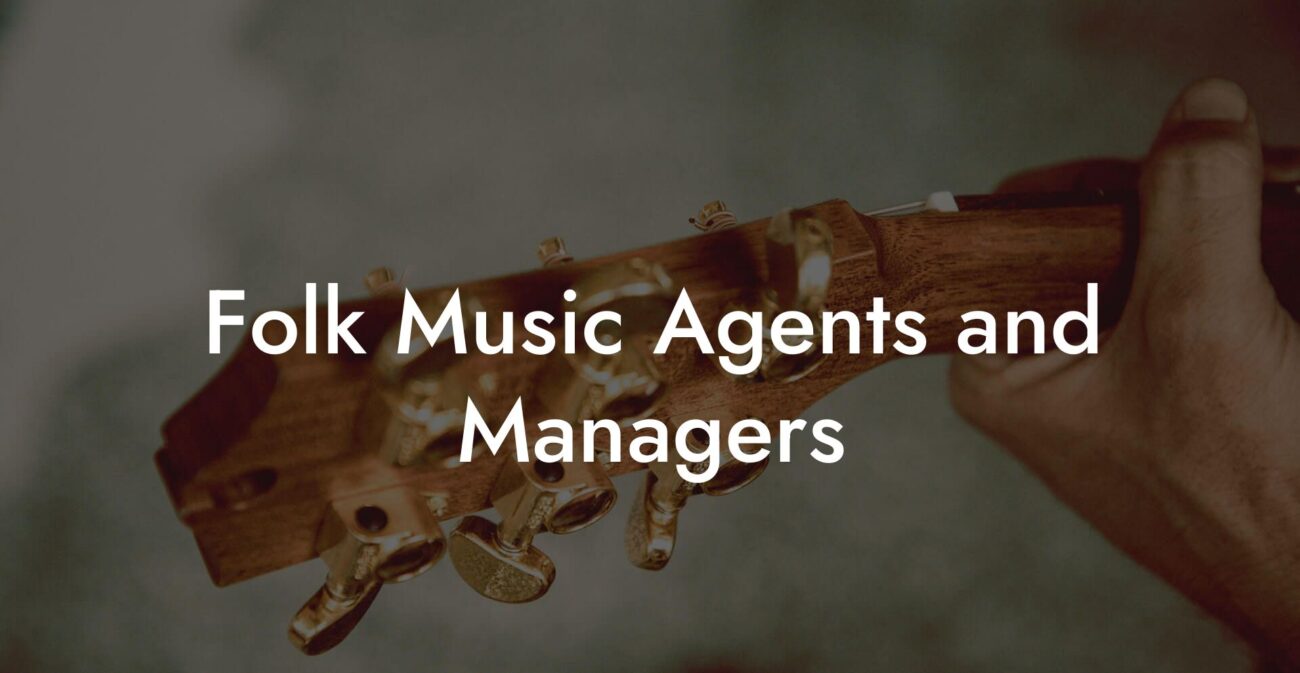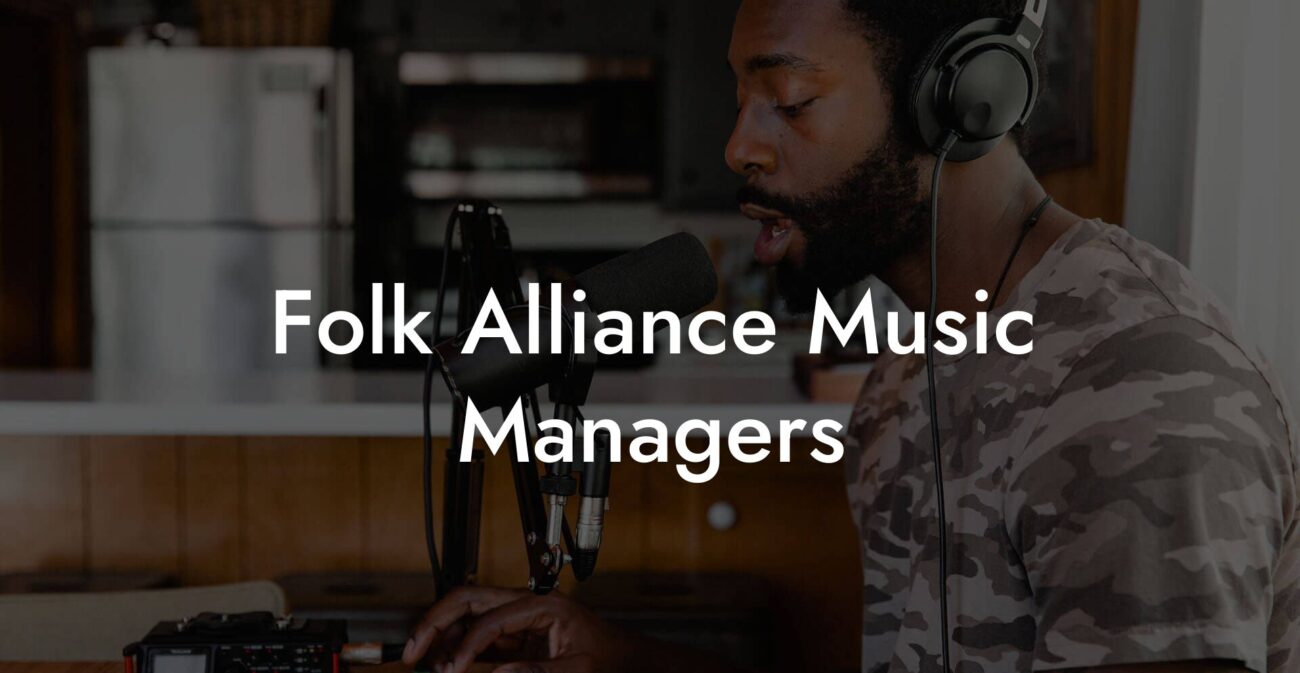Songwriting Advice
How To Start To Write A Song

You want to write a song that does something. Maybe it slaps in your headphones. Maybe it makes one person in the room cry. Maybe it blows up on an app so your mom finally uses your artist name without laughing. Whatever the target, this guide hands you a brutal, honest, actually useful path from blank page to first demo. It is aimed at people who want results fast. It is also aimed at people who enjoy bad coffee and worse vocal takes sometimes. Welcome.
Quick Interruption: Ever wondered how huge artists end up fighting for their own songs? The answer is in the fine print. Learn the lines that protect you. Own your masters. Keep royalties. Keep playing shows without moving back in with Mom. Find out more →
Quick Interruption: Ever wondered how huge artists end up fighting for their own songs? The answer is in the fine print. Learn the lines that protect you. Own your masters. Keep royalties. Keep playing shows without moving back in with Mom. Find out more →
Quick Links to Useful Sections
- Why starting matters more than perfecting
- Basic terms explained so the music nerds stop whispering
- Step zero. Decide why you are writing the song
- Step one. Start with a small idea not a big plot
- Step two. Pick a way into the song
- Entry A. A title first
- Entry B. A melody first
- Entry C. A chord loop first
- Entry D. A lyric line first
- Structure basics so your song does not wander off stage
- Structure one. Verse pre chorus chorus x2 bridge final chorus
- Structure two. Verse chorus verse chorus post chorus bridge chorus
- Structure three. Intro hook verse chorus verse chorus middle eight chorus outro
- How to write a chorus that grabs the phone out of someone’s hand
- Writing verses that show and do not just tell
- Pre chorus and how to make the chorus feel inevitable
- Melody hacks for people who think they cannot sing
- Harmony and chords without theory anxiety
- Lyrics that sound like real people
- Recording a demo that does not embarrass you
- Collaboration without turning into a reality show
- Editing and the ruthless second draft
- Speed writing drills that force output
- Ten minute chorus
- Object story ten
- Phone message chorus
- Common mistakes and how to avoid them
- How to finish and what finished actually means
- Publishing basics so you do not accidentally give away your song
- How to keep momentum when writer block shows up
- Real life examples of starting points and how they grew
- Advanced shortcuts that still start with a simple idea
- Checklist to start a song in one hour
- When to ask for feedback and how to get useful answers
- How to use this guide in real time
- Questions people ask first when they start writing songs
- Do I need to read music to write songs
- How long does it take to write a song
- How do I know when a song is good enough
This article explains how to pick an idea, shape melody and lyric, choose harmony, make a quick demo, collaborate without drama, and finish a song you can play live or send to a producer. It uses plain language. When we drop an acronym like DAW we will explain what it means. We will give real life scenarios you can picture yourself in. We will include drills you can use in ten minutes when inspiration is being rude. If you like jokes and honesty you are in the right place. If you want to overcomplicate things you can leave. The song will forgive you later.
Why starting matters more than perfecting
Perfection is the enemy of songs that happen. Too many writers get trapped polishing the first verse until their coffee gets cold and their confidence dries up. Starting is the core skill. A first pass gives you something to edit. Editing is where the real music shows up.
Think of a song like a living room. The first draft is the couch you found on the curb. It is uncomfortable and weird but it gets people to sit down. From there you add lamps, paintings, and fewer dead houseplants. You can always redecorate. You cannot edit a blank page.
Basic terms explained so the music nerds stop whispering
- DAW. Stands for digital audio workstation. This is the software where you record, edit, and arrange your song. Examples are Ableton Live, Logic Pro, FL Studio, GarageBand, and Pro Tools. If you have a phone you already own a DAW in the form of easy apps.
- Topline. This is the melody and the sung lyrics. If someone says they wrote the topline they mean they wrote the words you are supposed to sing and the tune you sing them with.
- MIDI. Short for Musical Instrument Digital Interface. It is data that tells virtual instruments what notes to play. You do not need to be a computer wizard to use MIDI. It is like text instructing an instrument to perform.
- BPM. Beats per minute. It is the song speed. Faster BPM usually feels urgent. Slower BPM feels heavy and intimate.
- Demo. A rough recorded version of your song. Demos do not have to be pretty. They have to communicate the song idea. Think of a demo as a good selfie. It does its job.
Step zero. Decide why you are writing the song
If you do not know why you are writing the song you will be tempted to keep changing direction like someone picking an outfit for a date without knowing if it is dinner or a mosh pit.
Ask yourself one of these simple questions and commit
- Do I want a song to sing on stage tomorrow?
- Do I want a song that sounds like a playlist I love?
- Do I want to practice writing hooks and improve speed?
- Do I want to pitch this to other artists or to sync in a show?
Example real life scenario
You are playing an open mic in two weeks and you want a three minute song with a clear chorus. Great. That means you prioritize an easy singable hook and a structure that fits your live set. If instead you want to pitch the song for a TV placement focus on strong imagery and a clear emotional arc that can be cut to a scene.
Step one. Start with a small idea not a big plot
New writers think they need an epic story. They do not. Songs win when they focus on one clear feeling or image. One tiny slice of life is enough to tell everything. Choose a single idea and say it like you are texting your best friend drunk at two AM with bad grammar and perfect honesty.
Simple idea examples
- I left before you woke up.
- I am trying not to call and failing.
- I want to dance with someone who also smells like winter.
- We keep living in the same apartment but pretending nothing happened.
Exercise
Write one sentence that states the feeling in plain speech. This is your core promise. If the chorus could be a direct copy of that sentence you are probably on the right track.
Step two. Pick a way into the song
You can enter a song through many doors. Pick one that excites you and run with it. Here are reliable entry points.
Entry A. A title first
Start with a bold short title. Example title: I Do Not Call. Put that phrase on repeat and build the chorus around it. Titles that are short and easy to sing are weapons of mass memorability.
Entry B. A melody first
Hum without words. Record two minutes of pure vowel singing over a simple beat or loop. Listen back and mark the melodic moments that feel like repeatable anchors. Then add words. This method is called singing topline first.
Entry C. A chord loop first
Play a small loop of two or four chords and improvise melodies or lyrics over it. Chord loops give your ear a palette while you build a topline. Keep the loop simple. Complexity can hide weak ideas.
Entry D. A lyric line first
Write one sharp line. Use a physical image. Work outward from that line. Many hit songs started as a single sentence scribbled on a napkin. If your line forces a reaction that is how you know it might be good.
Structure basics so your song does not wander off stage
Structure gives listeners a map. You do not need to reinvent the wheel. Here are three useful forms that work for most purposes and act as playgrounds for ideas.
Structure one. Verse pre chorus chorus x2 bridge final chorus
This gives you space to build tension and then release. The pre chorus functions like a pressure climb and the chorus is the payoff.
Structure two. Verse chorus verse chorus post chorus bridge chorus
Put the hook earlier. This is used in pop songs that want to hook listeners immediately. The post chorus can be a chant or short melodic earworm that repeats text or syllables.
Structure three. Intro hook verse chorus verse chorus middle eight chorus outro
Use a little motif that returns like a character in a movie. The middle eight gives a fresh angle and keeps the third chorus from sounding like a repeat of the second.
How to write a chorus that grabs the phone out of someone’s hand
The chorus is the thesis statement of the song. The simpler and more direct it is the better. Keep it to one to four lines. Use clear everyday language. Put your title in the chorus and make it easy to sing.
Chorus checklist
- One emotional idea per chorus
- The title appears and repeats
- Strong vowel sounds that are easy to sing on long notes
- Clear rhythm so listeners can clap along
Real life example
Title: Leave Your Hoodie
Chorus draft: Leave your hoodie on the stair. It smells like summer and I keep it like a dare. I will keep my distance but it keeps keeping me there.
Writing verses that show and do not just tell
Verses are the camera. Put images and small actions in frame. Avoid abstract statements like I feel sad. Instead show the radio playing your song and you skipping the track. Use time crumbs such as Tuesday, midnight, or after work. Use place crumbs such as kitchen sink, bus stop, or laundromat.
Before and after
Before: I miss you so much tonight.
After: Your mug still sits in my sink and I wash it with both hands because it still smells like you.
Pre chorus and how to make the chorus feel inevitable
The pre chorus exists to tighten the muscles before the chorus swings. Use shorter words. Increase rhythmic motion. Let the last line of the pre chorus feel unresolved. It should ask a question or move toward the chorus line.
Example
Pre chorus: I keep my phone facedown. I tell myself I will not call. The last line: But the screen still knows my name.
Melody hacks for people who think they cannot sing
Melody is not magic. It is pattern plus comfort. Use these fast hacks.
- Repeat a short gesture. Audiences love repetition. Repeat the same melodic shape two or three times around the title.
- Use a small leap into the chorus. A leap of a third or fourth creates emotional lift. Follow with stepwise motion to land the phrase.
- Sing on vowels first. The vowel pass means improvise melody using only ah oh and oo until the line breathes. Then add consonants.
- Keep range comfortable. If you cannot sing the chorus on the first try move it down a step or two. You want a range you can replicate live and in the shower.
Harmony and chords without theory anxiety
You do not need advanced knowledge to use chords well. Pick one of these palettes.
- Major loop. Feels open and bright. Good for confident or joyful songs.
- Minor loop. Feels intimate and moody. Good for heartbreak or reflection.
- Tonic pedal. Keep the bass on one note while chords change on top for a static tension feeling.
Real life scenario
You are at a coffee shop with a cheap guitar and no patience for theory. Play C major A minor F major G major and hum a melody. That loop will hold thousands of great songs. If you want darker coloring swap A minor for E minor or borrow an F minor chord to surprise the ear.
Lyrics that sound like real people
Write like you speak but slightly more poetic. Use contractions and natural rhythm. Avoid piling on synonyms for sadness. Instead pick one image and let it do most of the work. Use names, small objects, times, and actions. Put a line in the song that would make your listener text their ex. If you can write that line you are close.
Lyric drill
Set a timer for ten minutes. Pick an object in the room. Write five lines where that object performs an action and reveals emotion. Do not edit. This creates surprising concrete images you can import into your verse.
Recording a demo that does not embarrass you
Demonstrations are proof of concept not final mixes. Record something that communicates the tune and mood. Use your phone if you must. Here is a quick demo checklist.
- Record a clean guide vocal. Sing clearly. One take is fine.
- Record a guitar or piano part that plays the chord loop. Keep it minimal.
- Capture a scratch drum or click to keep timing. You can tap on a table.
- Export a rough mix and label the file with song title and version number.
Real life example
You have five minutes before a rehearsal. Open your phone voice recorder. Play three chords and sing the chorus twice. Name the file Chorus V1. Upload it to a shared folder. Your band now knows where you are heading. You have done more songwriting than the person who spent the same five minutes refining their vowel sounds in the mirror.
Collaboration without turning into a reality show
Collab can be magical. It can also be awkward. Set boundaries before you start. Decide who is writing lyrics and who is writing music. Decide whether everyone gets split points or if publishing will determine shares. If you cannot be corporate about royalties then at least be clear about a who gets credit conversation.
Simple collaboration rules
- Share a demo before the session.
- Agree on the creative target for the day.
- Take turns. Let one person steer for twenty to thirty minutes then rotate.
- Record everything. You cannot unsay ideas and you might need them later.
Editing and the ruthless second draft
The second draft is where you become a surgeon not a decorator. Cut lines that explain what the listener already feels. Remove any word that exists only to fill rhythm if it adds nothing to meaning. Replace weak verbs with precise actions.
Crime scene edit process
- Read the song out loud and circle every abstract word. Replace each with a concrete image.
- Check prosody. Speak each line at conversation speed and make sure the strong syllables fall on the strong beats.
- Look for repetition that does not build new meaning. Keep only what adds an angle or stronger detail.
- Test the chorus by singing it to people who have never heard the song and ask them to repeat the hook. If they cannot, rewrite.
Speed writing drills that force output
Songwriting skill is built by volume and focus. Use these drills to make more songs faster.
Ten minute chorus
Timer for ten minutes. Play two chords. Sing on vowels. Pick your best gesture and put three short lines around it. Stop at ten minutes.
Object story ten
Pick an object and write ten alternate hooks where that object is the emotional core. Cheap, funny, brutal. You will find a keeper.
Phone message chorus
Write a chorus that could be a single text message someone sends at two AM. Keep language direct and urgent. This trains clarity.
Common mistakes and how to avoid them
- Too many ideas. Focus on one emotional promise. If you find a second idea that is strong save it for another song.
- Hiding the title. Make the title easy to catch. If you have to explain where the title occurs you have hidden it too well.
- Weak chorus. If the chorus does not lift you are likely using small range and busy words. Raise the melody and simplify the language.
- Editing forever. Set limits. Ship a version. Get feedback. Repeat. Perfection comes later.
How to finish and what finished actually means
Finished is not perfect. Finished is a version you can perform, send, or pitch. A finished demo shows the full form and sings well enough to be understood. It has a locked chorus. Lyrics can still be refined but they do not change the meaning. Arrange your final tasks like this.
- Lock the chorus and the title.
- Make sure the verse tells the same story every performance.
- Record a clean demo that communicates the hook and the structure.
- Send to one trusted listener and ask one specific question such as Which line did you remember most. Use that feedback, not the whole internet.
Publishing basics so you do not accidentally give away your song
If you plan to pitch the song or get it recorded by an artist register it with your performing rights organization. This is the entity that collects royalties when your song is played in public or streamed. In the US common organizations are ASCAP and BMI. If you are outside the US check your local equivalent. Registration often requires a song title and writer splits. Decide on splits early especially with collaborators.
Real life scenario
You and a friend write a chorus in a couch session. You record the demo. Later a producer loves the hook and wants to shop it. If you did not register the song you might not collect the royalties owed. Registering is simple and cost effective. Do it.
How to keep momentum when writer block shows up
Writer block is often a tiny ego panic. It is not terminal. Use these small hacks.
- Change instrument. Use a ukulele or a phone app. The unfamiliarity forces new ideas.
- Write a bad chorus on purpose. Worst chorus challenge lowers pressure.
- Steal the structure not the content. Pick a song you love and map its form. Then write your own words and tune into that map.
- Go for a walk and list five objects. Turn each into a line. This gives you fresh detail.
Real life examples of starting points and how they grew
Example one. The title came first. A writer scribbled I Keep The Key in the notes app. They sang the title on a simple progression and built a chorus of three lines. Verses followed with images of the apartment and the plant. The demo was recorded on a phone. The song became a reliable set closer because the chorus was easy to sing and the lyrics were specific.
Example two. The melody came first. A producer sent a two bar loop and the writer humed a topline on vowels. They caught the moment, wrote one line that fit the melody and then filled it with a camera style verse. The song turned into a sync candidate because the chorus sounded like a statement a character would make in a scene.
Advanced shortcuts that still start with a simple idea
If you are comfortable with production you can speed the writing process by creating multiple quick versions. Make a demo A with acoustic guitar, demo B with an electronic beat, demo C with a stripped vocal and piano. Play them for friends without explaining which is the favorite and see which version lands. The winning arrangement tells you where to focus the writing and production energy.
Checklist to start a song in one hour
- Choose your why. Live show, pitch, practice, or fun.
- Pick an entry point. Title, melody, chord loop, or a line.
- Write one sentence core promise and turn it into a title.
- Create a two or four chord loop and sing topline for ten minutes.
- Draft a chorus with the title and one twist line.
- Write verse one with two specific images and a time crumb.
- Record a quick demo on your phone. Label it clearly.
When to ask for feedback and how to get useful answers
Ask for feedback when you have a demo that communicates the structure and the chorus. Ask one specific question. Do not say What do you think. That is a trap that returns platitudes. Try questions like Which line felt true to you or Did the chorus give you a clear memory. People can answer specific questions.
How to use this guide in real time
Open a notes app. Write the core promise sentence. Pick one of the entry points listed earlier. Set a timer for ten minutes and do a vowel pass or the object story drill. After ten minutes pick the best moment and make it the chorus. Write a short verse. Record a demo on your phone. Share the demo with one friend and ask one targeted question. Repeat this process and you will have songs. The secret is not inspiration. The secret is a process you repeat.
Questions people ask first when they start writing songs
Do I need to read music to write songs
No. Many great songwriters never read traditional music notation. Learn basic chords, rhythm, and how to match words to beats. Use your ear. If you want to be able to write arrangements for other musicians learning notation helps but it is not required to start writing songs.
How long does it take to write a song
It varies wildly. Some songs fall out in twenty minutes. Others take months. What matters is finishing and releasing versions so you build momentum. Speed will improve with practice and with the use of the drills in this guide.
How do I know when a song is good enough
A song is ready when the chorus sticks, the verses support the chorus, and you can perform the song for an audience that reacts. Reactions can be tiny. A friend singing the hook later is enough. Give yourself permission to ship versions. The craft grows with each finished piece.

